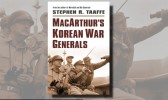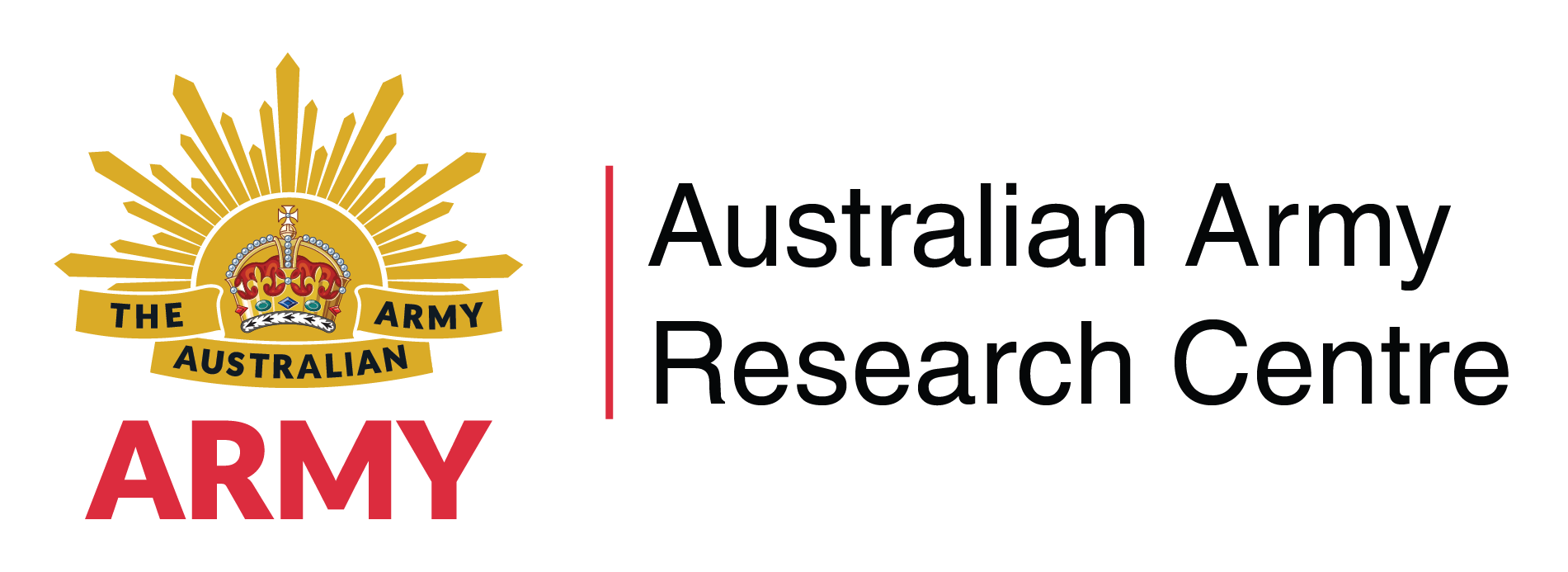Search
Using the filters to the left, click your selection, it will become bold and filter the results, click it again to remove that filter.
Abstract This article, based on the 2006 Australian War Memorial Anniversary Oration, examines a recent issue in the Australian military history debate, the idea of the Battle for Australia. The author challenges the reality of the Battle for Australia and locates how and why such a grand narrative emerges into a nation’s consciousness. For Australia, 1942 was the year of greatest losses, a year of crises confronted and overcome. It was a year in which war briefly touched Australia’s shores. What does this …
University Press of Kansas , Lawrence, 2016, 267 pp Hardcover ISBN: 9780700622214 eBook ISBN: 9780700622221 Author : Stephen R. Taafe Reviewed By : Chris Roberts MacArthur’s Korean War Generals is a study of command under adverse conditions. Set within a narrative of the United States (US) Eighth Army’s operations during the first year of the Korean War, Stephen R. Taaffe examines the character, command styles, and performance of the twenty-one men who led that army, its three corps and seven divisions …

Abstract The author contends that significant gains are being made against the insurgency in Iraq, especially in the political realm and in light of the recent ‘surge strategy’, and yet these advances are poorly reported in Western media. At the same time, domestic pressures are growing within the United States and Coalition partners for withdrawal timetables regardless of Iraqi stability and self-sufficiency. Consequently, the author argues, a precipitous withdrawal would create greater chaos and loss of …
Colonel E. G. Keogh, Royal Australian Infantry (Retd), was the founding Editor of the Australian Army Journal in 1948. He is also the author of numerous articles and books, including Suez to Aleppo and The River in the Desert . … E. G. Keogh …
Lieutenant Colonel Shaun Fletcher is currently posted to LHQ as the SO1 HLTH. He is also Deputy Head of Corps RAAMC and the Australian National HSS representative for ABCA. LTCOL Fletcher has served on several deployments and for his work managing wounded Coalition soldiers in 2001/02, Shaun was awarded both the United States Army Achievement Medal and the United States Meritorious Service Medal. … Shaun …
Max Boot is Senior Fellow for National Security Studies at the Council for Foreign Relations, based in the United States. He is an Award-winning author and former Editor for the Wall Street Journal, and was named one of ‘the 500 most influential people in the United States in the field of foreign policy’ by the World Affairs Councils of America in 2004. … Max …
Contemporary Perspectives on Private Military Contractors Betraying Our Troops: The Destructive Results of Privatizing War Written by: Dina Rasor and Robert Bauman, Palgrave Macmillan, New York, 2007, ISBN: 9781403981929, 274pp. Blackwater: The Rise of the World’s Most Powerful Mercenary Army Written by: Jeremy Scahill, Serpent’s Tail, London, 2007, ISBN: 9781568583945, 438pp. Reviewed by: Antony Trentini The role of private contractors in war is no longer considered solely in terms of the …

Vietnam: The Australian War Written by: Paul Ham, HarperCollins, Sydney, 2007, ISBN: 9780732282370, 813 pp. Reviewed by: Brigadier John Essex-Clark (Retd) The Australian reading public have been presented over the past few years with books about Australia’s military history. Paul Ham, who previously authored Kokoda , has now contributed again with another blockbuster and tour de force in Vietnam . Like his previous book, this is a weighty tome, figuratively and literally, with 813 punchy pages including …

